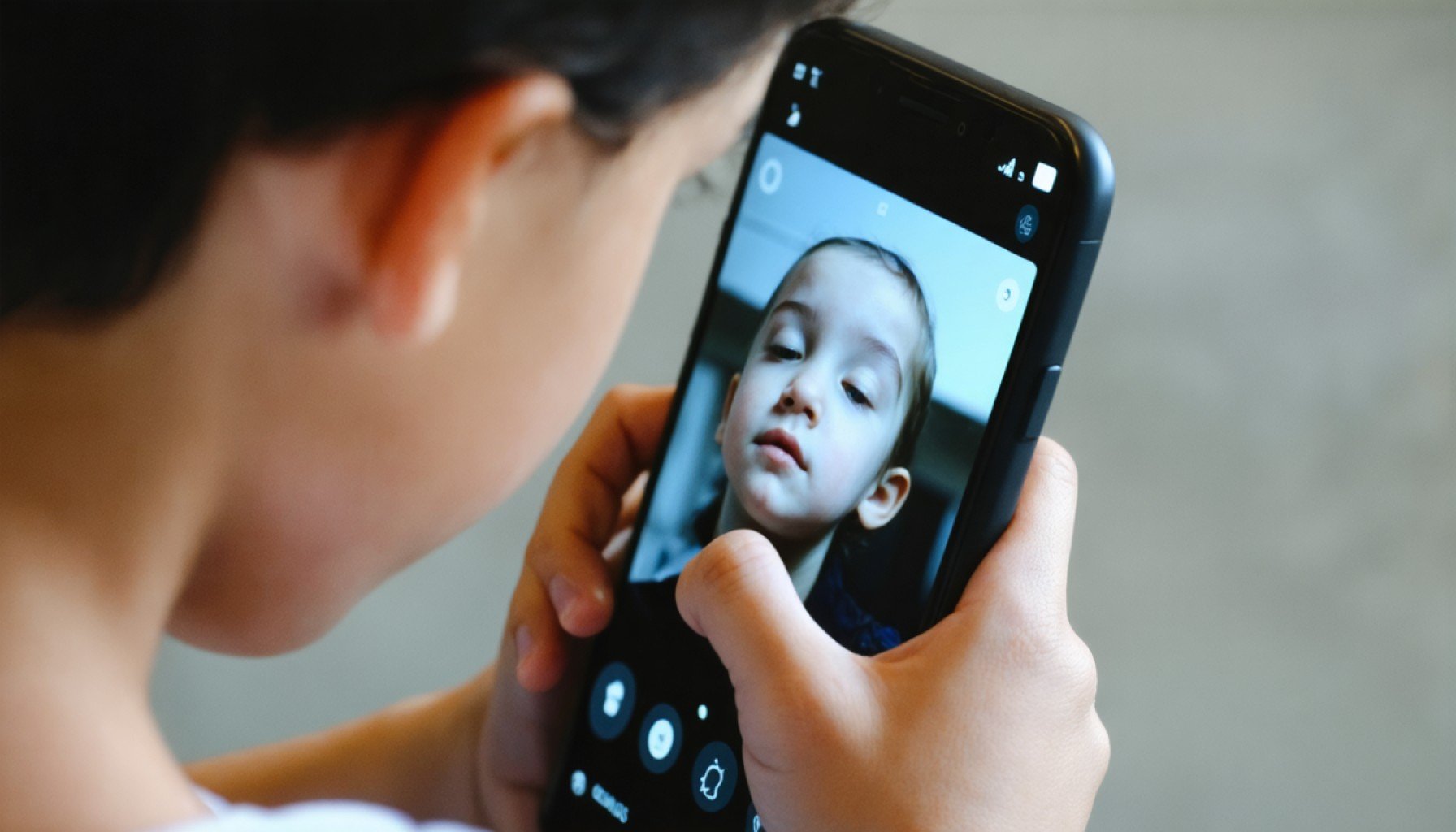- Ancona will host a pivotal event on digital safety at the Teatro Sperimentale on February 27, featuring experts like Daniele Novara and Alberto Pellai.
- The event aims to address digital threats posed to younger generations by smartphone usage and social media engagement.
- Organized by the Marche regional council and Novara’s Center, the initiative seeks to promote age-appropriate technology guidelines for children under 14 and 16.
- Regional President Dino Latini will support this movement, emphasizing community efforts to protect childhood innocence.
- A follow-up session on February 28 will foster dialogue between experts and middle school students at the University Politecnica delle Marche.
- The overarching message encourages an awareness that every technological device should be introduced at the right time in a child’s development.
Ancona prepares to illuminate the shadows cast by smartphone screens. As the clock strikes 21:00 on February 27, the Teatro Sperimentale will host a gathering poised to reshape dialogue on digital safety. With prominent figures like Daniele Novara, Alberto Pellai, and the unexpected addition of actor Thomas Trabacchi, diverse voices will unite to spotlight a pressing issue—the digital upbringing of younger generations.
Organized by the regional council of Marche in partnership with Novara’s Center for Educational and Conflict Management, this event vibrates with urgency. The mission is clear: alert the public and institutions to the silent threats lurking behind the polished surfaces of smartphones, as they beckon the curious hands of the young.
Key figures, from educational leaders to policymakers, will converge to champion a movement towards digital age-appropriateness. Novara and Pellai, both seasoned in childhood psychology, bring forward a bold petition—envisioning an age-appropriate gateway to technology usage, shielding innocence from the omnipresent thrall of screens and social media before ages 14 and 16.
Before the curtain rises, distinguished leaders, including regional President Dino Latini, will set the stage, highlighting the communal resolve to reclaim childhood. The initiative extends beyond speeches; the morning of February 28 morphs into a lively dialogue with middle school students at the University Politecnica delle Marche. Their voices—earnest, unfiltered—reflect the intimate realities of forging connections in a digital age.
As Ancona shines a beacon of awareness, the conversation about smart tech and tender minds gains momentum. The takeaway is simple yet profound: every device, no matter how smart, has its time.
Unveiling the Impact of Smartphones on Young Minds: What You Need to Know!
How-To Steps & Life Hacks: Safeguarding Digital Upbringing
1. Set Age-Appropriate Boundaries: Establish clear guidelines on smartphone usage according to your child’s age. For children younger than 14, limit the use of personal smartphones and encourage more direct, face-to-face interactions.
2. Educate About Privacy and Security: Teach children about the importance of protecting their personal information online. Use educational resources like internet safety games or workshops.
3. Engage in Open Conversations: Regularly discuss the content they access online. Encourage children to talk about what they see and experience, ensuring they feel comfortable coming to you with concerns.
4. Embrace Parental Controls: Utilize parental control apps to monitor screen time and restrict access to certain apps and sites that aren’t age-appropriate.
5. Lead by Example: Model the digital behavior you want to see in your children. Limit your screen time in their presence to demonstrate balanced tech use.
Real-World Use Cases
Families across the globe have implemented tech-free zones in their homes, for example, during dinner time or after a certain hour at night. This practice helps in promoting in-person communication and reducing screen dependency.
Market Forecasts & Industry Trends
The demand for educational apps that promote digital literacy in children is on the rise. According to a report by Common Sense Media, the market for such apps is expected to grow as awareness increases about the importance of guiding young minds in the digital realm.
Features, Specs & Pricing
When considering smartphones for children, look for models with strong parental controls and family-friendly features. Entry-level smartphones with robust security settings often range between $100 to $300, with controls either built-in or available through apps.
Security & Sustainability
Sustainability in technology is gaining traction. Manufacturers are now focusing on creating smartphones that are not only advanced in technical specs but also environmentally friendly. Opt for brands that emphasize recyclable materials and energy-efficient manufacturing processes.
Insights & Predictions
Experts, like Daniele Novara and Alberto Pellai, suggest that as digital awareness grows, educational curricula might soon include mandatory digital literacy classes, teaching students from an early age about respectful and safe online behavior.
Pros & Cons Overview
– Pros:
– Access to Learning Resources: Smartphones can be powerful tools for learning when used correctly.
– Connectivity: They allow children to stay connected with family and friends.
– Cons:
– Overexposure: Improper usage leads to excessive screen time, which can harm mental health.
– Privacy Risks: Potential exposure to inappropriate content or online predators.
Actionable Recommendations
– Establish a family tech contract detailing usage rules and consequences.
– Introduce tech-free days to reset focus on real-world interactions.
– Continuously educate yourself and your children on the latest digital trends and threats.
For further resources on digital safety, visit Common Sense Media.
Stay informed and proactive in managing your family’s digital interactions to ensure a balanced, healthy approach to technology.
















